
Gemfields has record-high net cash on the balance sheet
There’s even some good news from Fabergé
After record combined auction and Fabergé revenues in 2022, the balance sheet at Gemfields has more net cash than ever before – $104 million, to be exact! This excludes another $55 million in auction receivables.
The group’s market cap is only R4.5 billion, so a huge chunk of the value sits in cash.
Luxury jewellery business Fabergé has historically been a financial drag on the business. It has now achieved the lowest annual funding required, which means it’s still hurting the company but is on the right path.
The market continues to value this company at a very modest multiple, not least of all because of the risks of mining in Mozambique in a region that has been dealing with terrorist activity.
Hudaco’s earnings are going up
A trading statement delivered good news for shareholders
For the year ended November 2022, Hudaco’s earnings did the right things. Headline earnings per share (HEPS) is expected to be between 20% and 24% higher year-on-year, coming in at between R19.77 and R20.37 per share.
At a closing price of R145 (flat for the day), the Price/Earnings multiple is around 7.25x at the midpoint of the earnings guidance.
The share has been range-bound for a year now, up just 6.4%. Difficult operating conditions in South Africa keep the multiples for industrial companies low, especially in light of load shedding (pun intended).
Renergen looks to the US market
The group is preparing for further equity raises
With helium production now underway, Renergen is clearly worried about whether the local market will provide sufficient capital for the next phases of development.
The plan is to potentially offer American Depositary Shares on the Nasdaq in 2023, which means that Renergen will look to tap the US market for capital. This won’t impact the local listing, though shareholders will need to approve the listing of additional shares.
The company already applied to the SEC in late 2022, so that regulatory approval process is underway but isn’t completed yet. The company has reminded shareholders that the SEC may not approve the listing, which would scupper this plan.
Sea Harvest Group: not the catch of the day
The fuel price is really hurting this business
Sadly, boats need fuel to run. That’s not great news when fuel costs have gone through the roof.
For the year ended December 2022, Sea Harvest Group expects HEPS to decline by between 32% and 35%, coming in at between 102 cents and 107 cents. The share price closed 5.3% lower at R10.47 in response to this news.
A 10% drop in hake volumes as a result of quota losses was more than offset by pricing gains thanks to firm demand for the product. Despite an effort to control costs, there was nothing that the company could do about a R240 million impact from fuel price increases. When combined with once-off acquisition costs for the MG Kailis deal and other issues like higher interest rates and load shedding, profitability could only head in one direction.
Shoprite achieves 46 months of market share gains
Shoprite is still my pick in the retail industry in 2023
For the six months ended 1 January 2023, Shoprite managed to post seriously impressive growth. Even if we exclude LiquorShop to try and adjust for the base effect of lockdowns, group sales growth was 15.6%. Even the furniture business managed to achieve growth of 8.6%, so Shoprite really has done well here.
Like-for-like growth in Supermarkets RSA was 11.1%, a really strong performance vs. a base period where like-for-like growth was 11.3%. On a two-year basis, that’s impressive. The underpin in this period was a record Black Friday and festive season, capping off 46 months of uninterrupted market share gains.
Selling price inflation was 9.4%, which means there was volume growth in the business as well. The difference between like-for-like growth and selling price inflation is volume growth.
The growth is happening across the group, with Checkers and Checkers Hyper up 16.9% and Shoprite and Usave growing by 15.1%. The group’s greatest strength is that it resonates with consumers of all income levels.
It’s not all rainbows. Gross margins are slightly down, driven by fuel price pressures in supply chain and the need to be aggressive on price to support this sales growth.
The pressures further down the income statement are a lot more worrying. For example, employee costs experienced a “notable increase” because of increases in the minimum wage, the employee incentives from government coming to an end and other factors as well.
There’s also a whopping figure of R560 million spent on diesel for generators over this period. This only covers load shedding stages five and six, which happened right at the end of the period. What does this mean for retailers if these stages become the norm?
A positive impact will be the receipt of a R245 million insurance claim, offset to some extent by an additional R90 million in the cost of cover.
The stores bought from Massmart have been integrated into the group and rebranded into Shoprite, Usave and Cash and Carry stores as required. The acquisition was effective from 9th January.
Transpaco jumps 9.6% on strong earnings
Be careful though: illiquid stocks can post big daily moves
In a trading statement for the six months ended December, Transpaco’s HEPS is expected to be between 41.3% and 48.6% higher. This is a range of between 309 and 325 cents per share for the interim period.
So, how do you work out a Price/Earnings (P/E) multiple from this update?
You have to be careful of doubling this result, particularly given the tricky conditions that everyone is operating in at the moment. Also, doubling an interim number means you are actually looking at a forward Price/Earnings multiple rather than a trailing multiple.
Ideally, you want to use the last twelve months’ numbers, which is what LTM stands for on trading systems.
The manual way to do this is to take the prior year’s HEPS and subtract the prior interim period’s HEPS from that number, thereby isolating the second half of the prior year. You then add it to this interim period to arrive at HEPS over the last twelve months.
The FY22 result was 475.5 cents and the interim number was 218.8 cents, so the second half of the year (H2) saw HEPS of 256.7 cents.
Adding it to the current guidance for H1 of FY23 gives us a range of between 565.7 cents and 581.7 cents in HEPS over the last twelve months. At the midpoint and using the latest closing price of R28.51, that’s a Price/Earnings multiple of just under 5x.
And there we go – now you know how to work out a LTM P/E multiple! Those acronyms aren’t so hard, once someone explains them.
Vodacom: profits almost certainly under pressure
The quarterly update gave no details on profits, but we can reliably guess…
Vodacom’s quarterly update is 17 pages long. A quick CTRL-F for the word “profit” reveals just one mention, in the disclaimer of all places. We know that the telecoms companies are taking strain at the moment thanks to energy backup costs related to load shedding, so this spells trouble in my books.
Another clue about profitability lies in normalised revenue growth of just 4.7% for the group. This excludes the transformative Vodafone Egypt deal, with those numbers consolidated in December. Revenue in South Africa grew by 5%, which we know is well below many of the inflationary input costs. It’s very unlikely that operating margins went in the right direction.
Speaking of the Vodafone Egypt deal, it was worth R43.6 billion and is the largest in Vodacom’s history. They have pyramids in Egypt and they hopefully also have electricity.
MTN gets all the credit for being a FinTech play, but Vodacom is holding its own in that space, with a 30.6% increase in financial services revenue to R2.6 billion. That’s still small compared to group revenue of R30.7 billion, but it makes a meaningful contribution. M-Pesa is Africa’s largest mobile money platform by transaction value, processing $366.7 billion over the past 12 months.
Capital expenditure is a major focus point, as telecoms businesses have a reputation for generating sub-economic returns for shareholders over a long period of time. This is due to the need to continuously upgrade the network to stay ahead of technological developments. In South Africa, capital expenditure increased by 15.6% year-on-year vs. revenue growth of 5.0%.
Can you see the problems yet?
I can, yet the share price is down just 2% in 2023. It trades on a trailing dividend yield of 6.3%. I suspect that “forward dividend yield” is a term that Vodacom investors will learn about in 2023, but perhaps I’m wrong here.
Little Bites:
- Aveng announced that its subsidiary Moolmans has entered into a new five-year contract with manganese mining company Tshipi é Ntle, valued at around R7 billion. Significant investment is required against this contract, including major yellow earthmoving equipment that would certainly get Toddler Ghost very excited and screaming “DIGGER!” at every opportunity. Moolmans has been servicing this client since 2011.
- In a quarterly activities report, Southern Palladium reminded the market that drilling results to date have been in line with expectations, with some results coming back even better than expected. Phase 1 drilling is underway and the company has $14.2 million in cash.
- MC Mining’s quarterly activities report looked at pressure on production from geological conditions and load shedding. It was also an important period for the balance sheet, with a A$40 million rights issue completed. The focus is on the financing of the flagship Makhado Project.
- Orion Minerals also released a quarterly report, recapping a period that saw a major funding package signed with Triple Flag Precious Metals Corp. Off the back of that, terms have been agreed with the IDC and definitive agreements are being negotiated. There is now sufficient funding for trial mining at Prieska.
- Accelerate Property Fund has more related party weirdness than a hillbilly annual convention. To help clean that up, there’s now a R50 million rights offer. The company already trades at a huge discount to NAV, yet the rights offer is is at a discount of over 31% to the 30-day VWAP. This has been fully underwritten by “U Big Investments” for a juicy fee of R2.5 million.
- Zeder has completed the deal to sell its stake in Agrivision Africa, which means that the company has now received the R160 million selling price in cash.
- In news that should shock absolutely nobody, Trustco has missed its own deadline of publishing its annual financial statements by 31 January. The auditors are apparently still finishing their work. The company hasn’t given any guidance regarding a new release date.

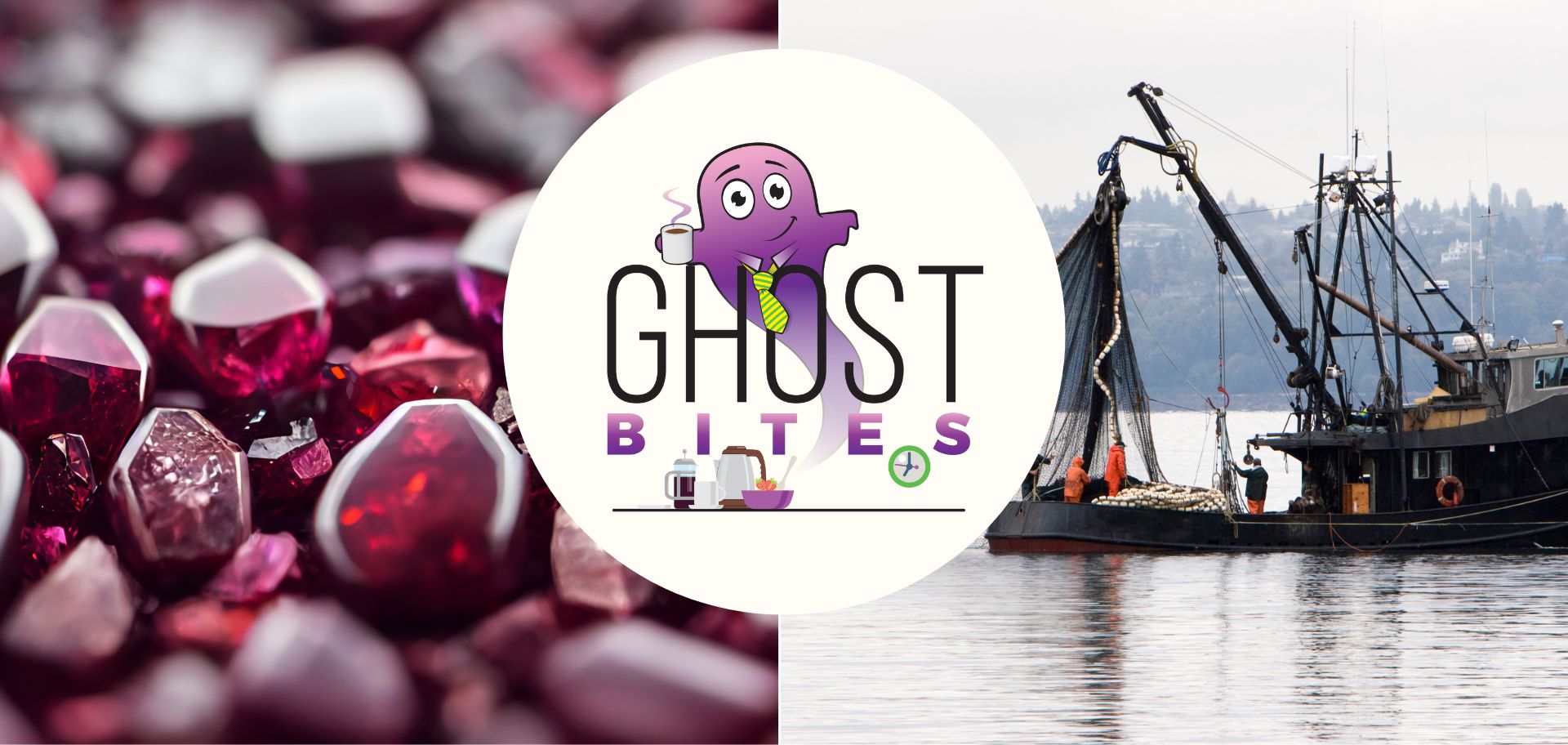
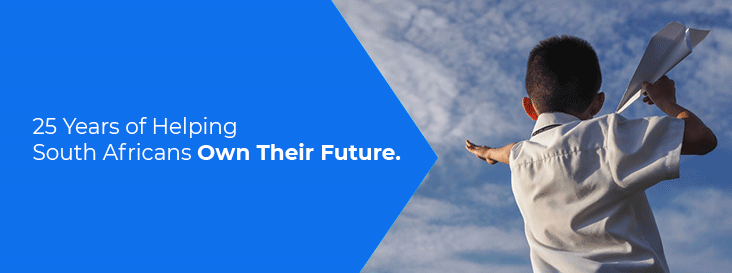

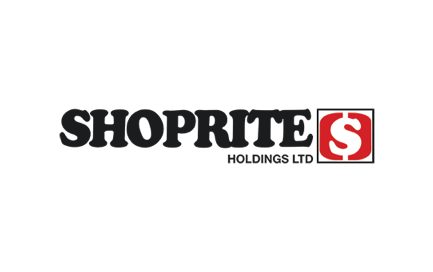
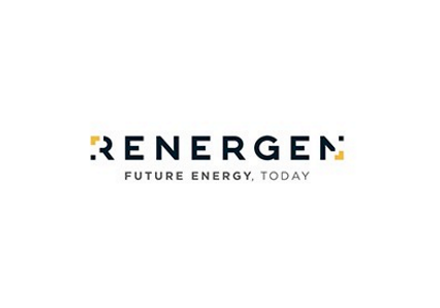
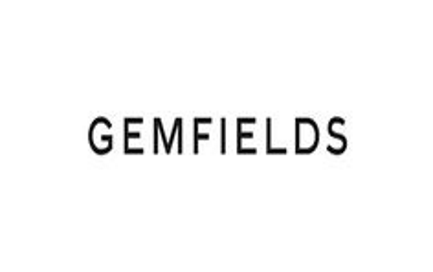
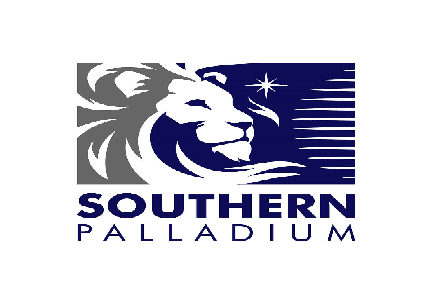
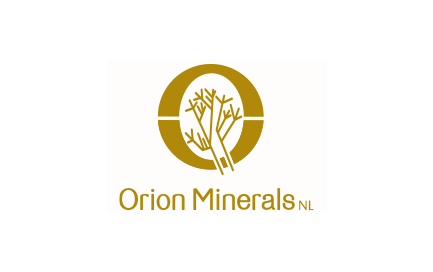
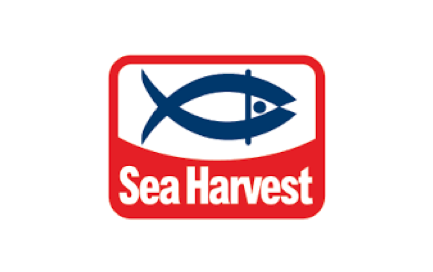
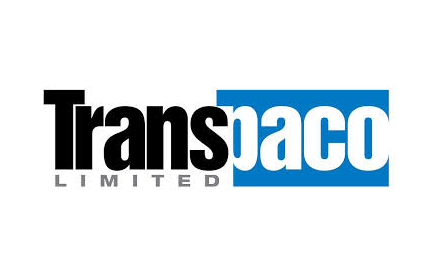
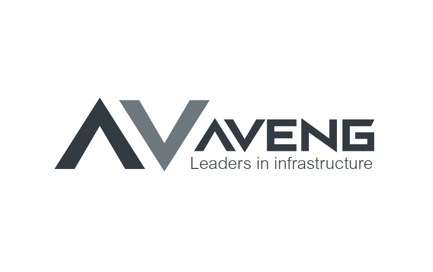

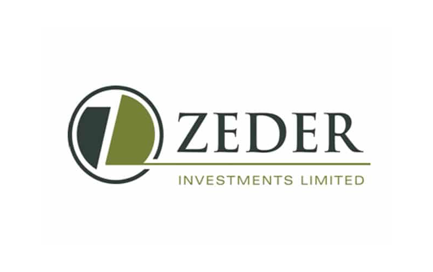
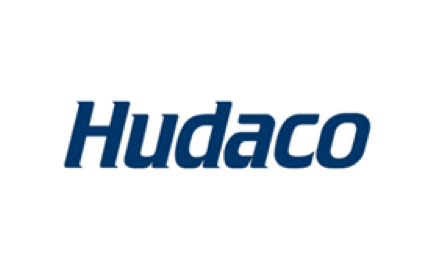
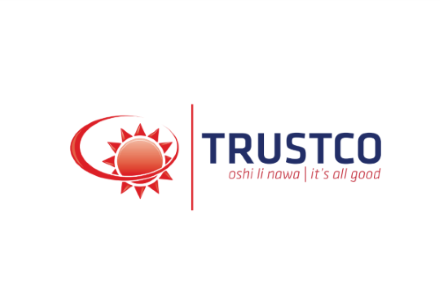


Renergen is also on the brink of accessing additional development finance from American and local sources. Money-hungry beast, this one.